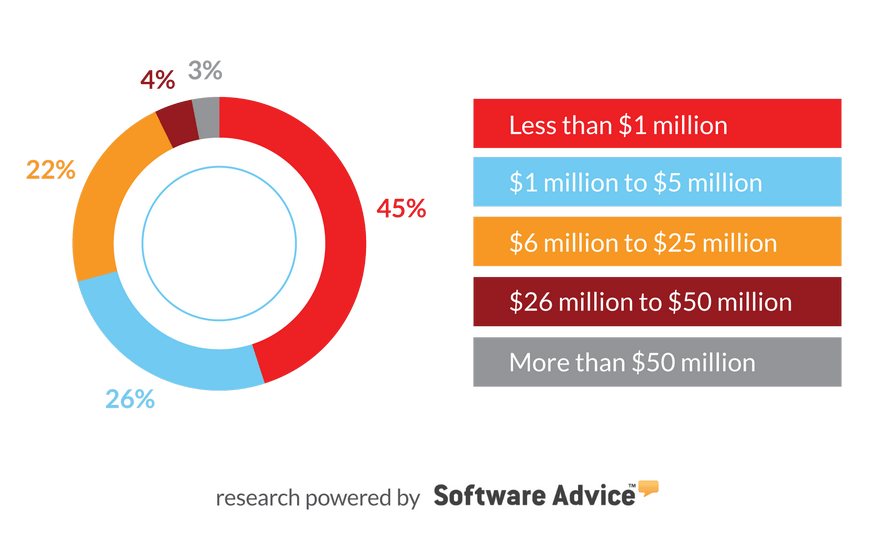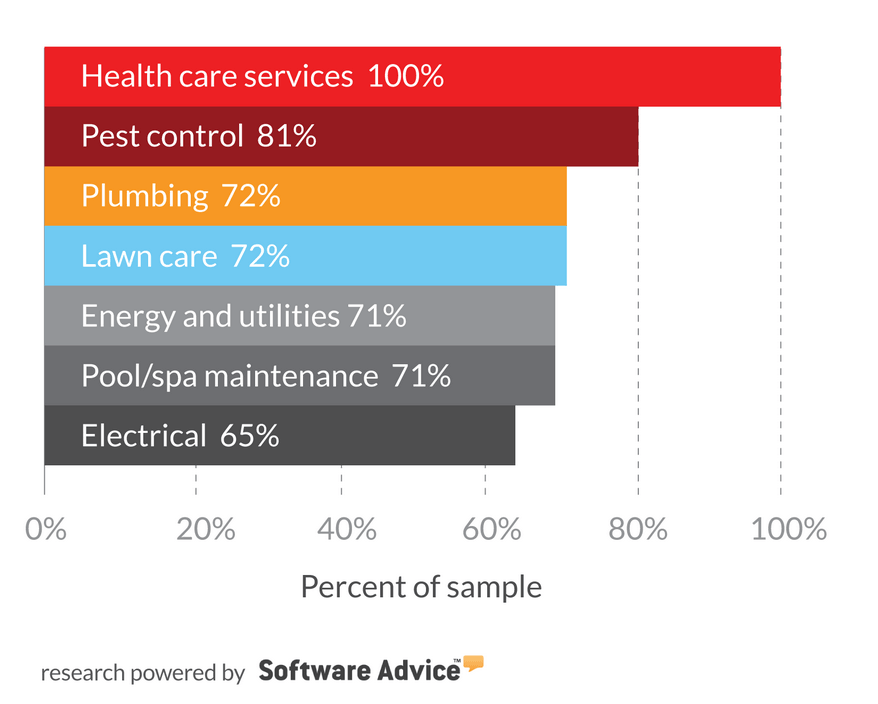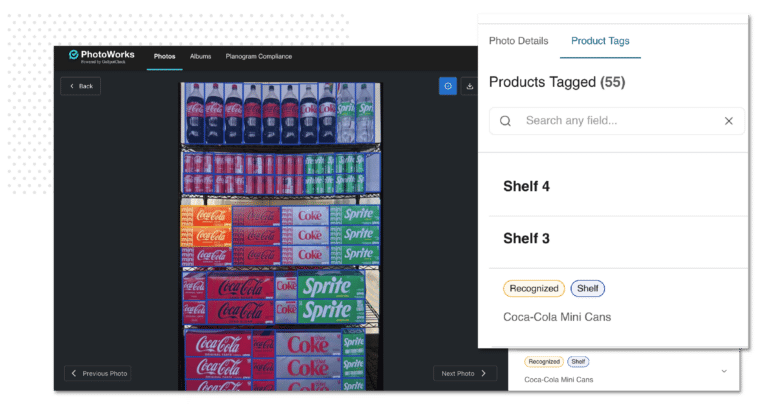In numerous industries, one of the keys to getting ahead of your competitors is having a superior way to provide service directly to your customers. In this high-tech and high-speed era, people want their favorite brands to provide customized consumer care without the slightest delay, and they’ll be quick to abandon any company that can’t deliver.
It’s important for many companies in today’s climate to think about their strategies for field service management. Numerous consumers expect fast-acting help from their providers with such services as phone, internet and cable TV. These days, the best way to corner the market is to offer quick and reliable resources for maintenance and troubleshooting. If you already have such measures in place, you’re likely reaping the benefits – if not, it’s imperative to scramble and catch up ASAP.
It’s now becoming clear that mobile is the key to leveling this playing field. If your business currently lacks the resources for top-notch field service, the easiest way to get in the game is to equip service technicians with full-service mobile-offline solutions. This should enable any business to gain a competitive edge.
Demographics: Prospective Buyer Size by Annual Revenue
Improving the customer experience
The words “customer experience” get bandied about a lot in today’s business world. Competition is all about racing to provide a better service for consumers. People want their brands to act quickly and seamlessly, with information shared easily and no apparent hiccups in communication.
According to MS Dynamics World, an important change is at the center of this. Kris Brannock, executive vice president of Vertical Solutions, explained that executives are revamping their approach to service technology , and this is having a profound effect on the way businesses are run.
“Field service has become a springboard from which companies can create a long tail of services,” Brannock stated. “This shift started when tight margins in product development required companies to look elsewhere to increase profits. One avenue was to better control the costs of service delivery, which required technology that could manage the depth, nuance and complexity of multilayered entitlements and service level agreements.”
Buyers With No Deployment Preference by Segment
There’s a great deal of complexity to field service because it’s so dynamic. From minute to minute, new data is emerging that changes the game. When it comes to offering internet service, for example, even the slightest dip in connectivity can dramatically change a customer’s level of satisfaction. It’s important that businesses use the best tools possible for gauging the quality of their services.
Performing a mobile facelift
The best way to improve the customer experience overnight is to focus on a revamped approach to mobile. This benefits parties on both ends of the transaction – consumers love mobile interfaces because they’re glued to their devices all the time anyway, and companies can make good use of mobile apps because they’re great for collecting and sharing data. Everyone wins.
According to OSP Magazine, a “mobile facelift” is a move that can benefit large and small service companies alike. Jeffrey Wartgow, vice president of product at field service solutions provider TOA Technologies, admits that this may be an intimidating prospect for large businesses with a lot of employees to manage, but it’s still ultimately worthwhile.
“Managed across hundreds or even thousands of mobile employees, the prospect of integrating a new field service management solution can be daunting. That’s why it’s necessary to make certain you’re taking full advantage of rapidly evolving field service management software.”
While operations and maintenance budgets can get unwieldy as companies manage large volumes of mobile data, these resources will eventually pay for themselves. Relying on mobile platforms leads to significant gains in efficiency and productivity.
Building a cycle of interaction
According to Enterprise Apps Today, the best way to integrate mobile into the field management process is to aim for a “cycle of interaction” – people can interact seamlessly with their customer service apps, and companies can respond in turn, starting a two-way dialogue . This helps build trust and loyalty between people and their brands.
On the consumer side, this means crafting a mobile interface that’s simple and easy to use. David Beard, customer relationship management principal at SageCRM, noted that one key to the “cycle of interaction” is having straightforward screen designs that offer simple functions and adapt to users’ unique device choices.
In addition, Vishrut Parikh, director of product marketing at NetSuite, explained that the other way to improve the cycle is to use field service software that integrates with every corner of your business internally, from marketing and sales to finance.
“Choosing a mobile CRM solution that seamlessly integrates with your financials/ERP, e-commerce, inventory and more will provide a clear 360-degree view of your customer directly on your mobile device,” Parikh advised. “A fully integrated suite of business applications can provide real-time visibility across your entire business, streamline operations and enable business growth.”
Understanding these concepts is a major key to competition in today’s corporate world. If you’re not doing the kind of business you’d like, this may well be the reason why.
Data research provided by Field Service technology review firm, Software Advice.






